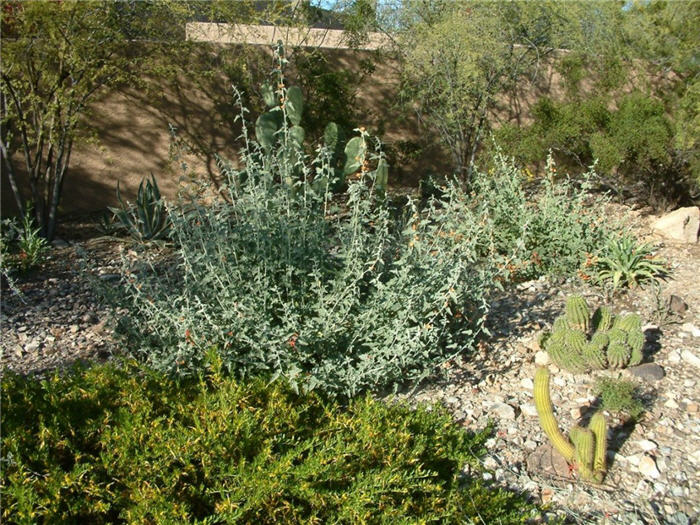| Botanical Name: Sphaeralcea ambigua | |
| Common Name: Desert Globemallow |

-
Anatomy
-
Culture
-
Design
Plant Type
Perennial
Height Range
1-3', 3-6'
Flower Color
Orange, Pink, White
Flower Season
Spring, Summer
Leaf Color
Grey Green, Grey
Bark Color
n/a
Fruit Color
Brown
Fruit Season
Summer, Fall
Sun
Full
Water
Very Low
Growth Rate
Moderate
Soil Type
Sandy, Clay, Loam, Rocky, Unparticular
Soil Condition
Average, Poor, Well-drained, Dry
Soil pH
Neutral, Basic
Adverse Factors
Allergenic, Attracts Bees
Design Styles
English Cottage, Meadow, Mediterranean, Ranch, Spanish
Accenting Features
Showy Flowers, Unusual Foliage
Seasonal Interest
Spring, Summer, Fall
Location Uses
Perennial Border, Foundation, Parking Strip, Patio, Parking Lot, Raised Planter, With Rocks
Special Uses
Erosion Control, Filler, Mass Planting, Naturalizing, Small Spaces
Attracts Wildlife
Hummingbirds
Photographer: Mountain States Nursery
-
Description
-
Notes